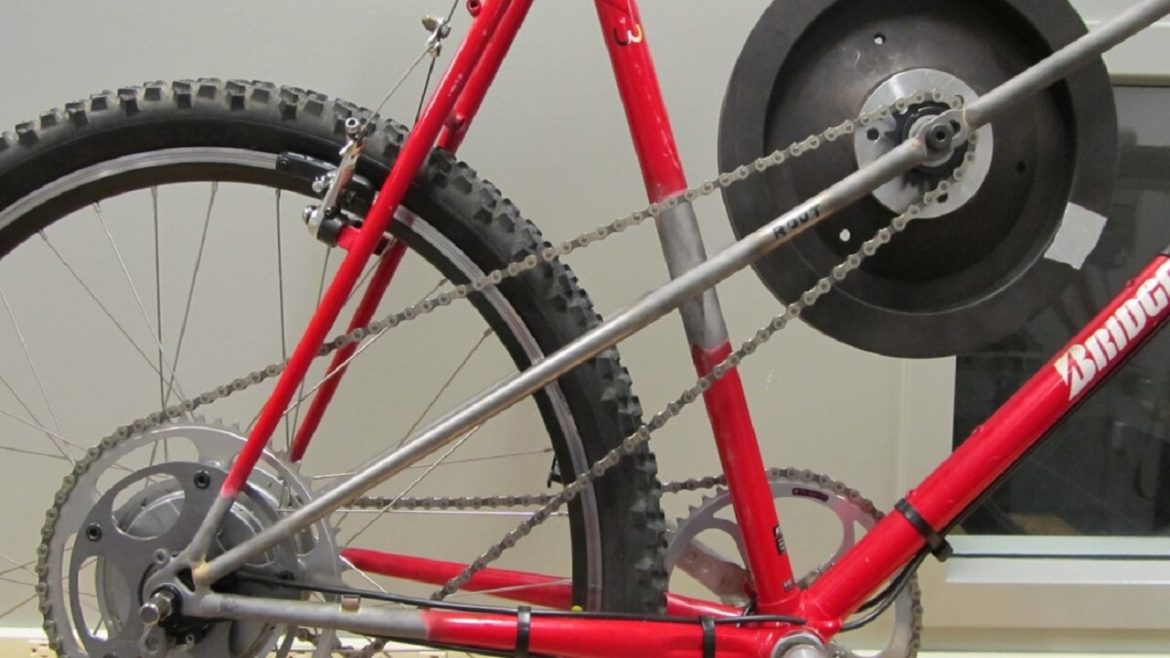Electric motorcycles have gained significant popularity in recent years, and their components, including electric motorcycle parts like flywheels, are undergoing continuous improvement. Among the crucial components of an electric motorcycle, the flywheel plays a pivotal role in enhancing the overall performance and efficiency of the vehicle. In this article, we will explore the significance of flywheels in e-bikes and delve into the various forging techniques used to manufacture these critical components.
The Role of Flywheels in e-bikes
Flywheels are vital components in electric motorcycles, commonly referred to as e-bikes. These devices store kinetic energy, helping to stabilize the vehicle’s power delivery and providing smoother acceleration. They are particularly important in electric motorcycles because, unlike traditional internal combustion engines, electric motors generate maximum torque at zero RPM. This instant torque can lead to rapid acceleration and instability without a flywheel to smooth out power delivery.
In e-bikes, flywheels serve the following key purposes:
Energy Storage
Flywheels store excess energy generated during acceleration, which can be used to provide additional power during periods of increased demand, such as when climbing steep hills or passing other vehicles.
Stability
By moderating power delivery, flywheels ensure that the e-bike maintains steady and predictable handling, reducing the risk of accidents.
Efficiency
A well-designed flywheel can significantly improve the overall efficiency of an e-bike, extending its range on a single charge.
Forging Techniques for E-bike Flywheels
Manufacturing high-quality flywheels for e-bikes requires precise techniques and materials to ensure optimal performance. One of the most common methods used in the production of flywheels is forging. Forging involves shaping metal by applying pressure through the use of a die or hammer. This process offers several advantages when producing flywheels:
Strength and Durability
Forged flywheels are known for their exceptional strength and durability. The process aligns the metal’s grain structure, resulting in a component that can withstand high levels of stress and fatigue.
Cost-Effective
While forging can be a more expensive initial process compared to casting or machining, it often results in lower long-term costs due to the reduced need for maintenance and replacements.
Customization
Forging allows for precise shaping and customization of flywheels, ensuring they meet the specific requirements of different e-bike models.
Weight Reduction
Advanced forging techniques can reduce the weight of flywheels while maintaining their structural integrity. This contributes to improved overall performance and efficiency.
Enhanced Heat Resistance
Forged flywheels are better equipped to handle the heat generated during operation, which is especially crucial in electric motorcycles where excessive heat can affect battery life and performance.
Forging Methods for E-bike Flywheels
Several forging methods are commonly used in the production of e-bike flywheels:
Closed Die Forging
In closed-die forging, a metal blank is placed between two dies, which are then brought together to shape the flywheel. This method offers precise control over the final product’s dimensions and is suitable for high-volume production.
Open Die Forging
Open-die forging involves shaping the metal using flat dies that do not enclose the workpiece entirely. It is ideal for producing larger and more complex flywheels.
Impression Die Forging
Impression die forging uses dies with pre-designed cavities to shape the flywheel. This method is often employed for intricate and highly customized designs.
Upset Forging
Upset forging is used to increase the thickness of a specific section of the flywheel. This method enhances the component’s strength and durability in critical areas.
Conclusion
The importance of flywheels in e-bikes cannot be overstated, as they play a significant role in enhancing stability, efficiency, and overall performance. Forging techniques have emerged as a preferred method for manufacturing high-quality flywheels, offering exceptional strength, durability, and customization options. As the electric motorcycle industry continues to evolve, innovations in flywheel design and production will undoubtedly contribute to the growth and success of e-bikes on the road.
